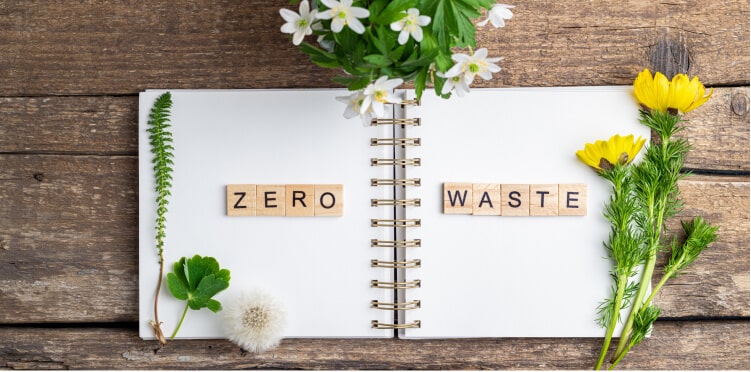Hyundai Motorstudio Senayan Park
Hyundai Motorstudio Senayan Park
Newsroom
The official news from Hyundai Motorstudio Senayan Park and a collection of innovative articles on mobility and sustainability here.
-
What is Zero Waste? A Lifestyle to Save The Environment
- Hyundai Motorstudio Senayan Park 2022.08.09
-
One of the best methods to overcome the environmental problems is to apply a zero waste lifestyle that focuses on not creating new waste. Actually, what is zero waste?
A zero waste lifestyle doesn’t require individuals to abandon all modernity. On the other hand, zero waste is nothing but a way of life that aims to protect the environment without producing new waste.
To apply, individuals must have the correct understanding of the waste problem and its consequences for the environment. By understanding the root of the problem, strategic solutions can be sought.
What is Zero Waste?
Eating, shopping, and working are some examples of routine activities for anyone. But have you ever realized how much waste is generated from these activities?
The zero waste lifestyle is the most proactive solution to prevent the new waste from the daily routine. Making simple changes to these activities is the key to a zero waste lifestyle.
In simple terms, zero waste is a plan to manage daily routines to prevent waste generation. It is not easy to change the lifestyle that has been done for years, but this is necessary to keep the environment.
Humans are the highest waste-producing species. So, adopting zero waste practices is a must. The garbage that has been piling up for several years is clear evidence that each individual must change their lifestyle to be more eco-friendly.
Getting a better environment requires more effort, and this is not easy indeed. The best way is to start with yourself by implementing zero waste.
How to Implement a Zero Waste Lifestyle?
The application of a zero waste lifestyle is not easy, but that doesn't mean it can't be done. Even the slightest effort would still count if it made the environment a little better.
Reducing waste or living without plastic is certainly difficult to practice at first, but it will become easy as you get used to it. The following is an example of a zero waste lifestyle.
1. Use What's Available
To apply the zero waste lifestyle, limit your desire to buy new things even if you need it. Instead, look around to find objects with the same function. This is the easiest trick to follow, and anyone can follow.
If you have used jars, wrapping cardboard, or other containers, reuse them. Food, utensils, and various objects can be stored in used containers. For glass bottles, reuse them as drink containers or mini pots for plastic bottles.
2. Fix, Don't Buy!
The majority of individuals have a tendency to throw away things even for being used once, either because they are damaged or no longer in trend. Change that behavior!
If something breaks, such as a chair or a child's toy, try to fix it as much as possible. For shirts or pants that are no longer trending, try to modify to get more relevant to the current trend.
3. Only Buy If Needed
This does not mean that you are prohibited from buying any product if you have implemented the zero waste. Buying only when needed is being more selective about what to buy to avoid a new waste.
The less you buy, the less waste you produce. The trick is, try to ask yourself before buying new things, ‘is it really necessary’. If it can be replaced with products that are already at home, it's best to avoid buying.
4. Buy Used
Not all used items are damaged, some still function properly. Buying used goods not only reduces the new waste, but also saves money and the environment.
Therefore, think about used goods first if you want to buy a product, instead of buying new. There are many online shops that specialize in selling used products, and this can be a great reference.
5. Use Your Own
Wrapping food is sometimes the most awaited activity, especially if you hunger. But imagine how much garbage is produced, and how many individuals are doing the same thing?
These activities contribute greatly to the production of waste. To overcome, bring your own cutlery when you want to wrap a food. The same trick can be applied to other activities.
The similar method can be implemented when buying monthly necessities in bulk. Bringing your own bag will ensure that no new waste is generated.
6. Avoid Disposable Items
Including the principle of zero waste life, avoid buying single-use items, and plastic bags are the easiest example. For once, try cleaning up the kitchen and note any trash that's generated during the week.
Plastic, tissue, and paper are the most common examples of single-use items. Disposable items provide comfort because they don't need to be washed, but environmental issues must be prioritized.
7. Use a Different Trash
Often underestimated, it has an important role in supporting a zero waste lifestyle. Having different bins for each type of waste may sound hassle, but this practice helps in sorting waste by type.
Used cardboard is still possible to be recycled, while food scraps can be used as compost. That is the reason why it is important to have more trash bins according to their type.




